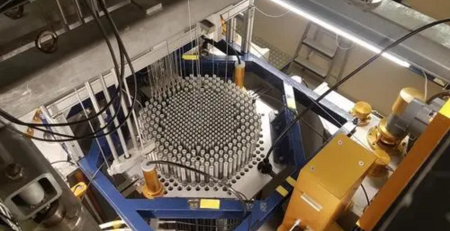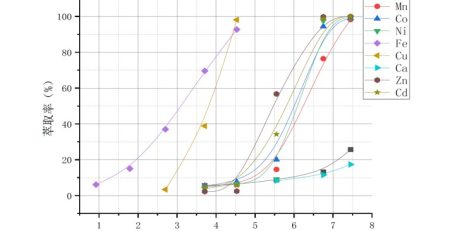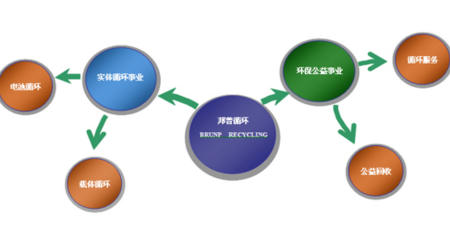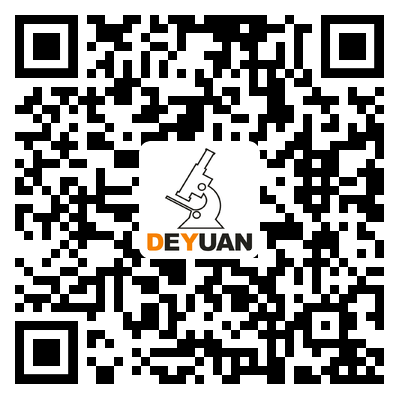Étude expérimentale sur un extracteur utilisé pour l'élimination du cuivre d'une solution anodique d'électrolyse du nickel (II)
2、 Effect of Extractant on Purification and Copper Removal of Nickel Electrolytic Anode Solution in Chloride Salt System
Using chloroform or sulfonated kerosene as the diluent, prepare the extractant into a solution with a volume fraction of 9-11g/L as the organic phase. Prepare a simulated nickel chloride electrolyte using copper chloride and nickel chloride, with a nickel ion concentration of 60-70g/L and a copper ion concentration of 0.8g/L. Adjust the solution pH to 4-4.5. The extraction conditions: température d'extraction 25 ℃, 1:1 à 1:2 compared to (O/A). Pour the organic and aqueous phases proportionally into a 100ml conical flask and stir for 30 minutes in a constant temperature magnetic stirrer. Afterwards, the separation funnel was placed in a static state for layering to obtain the residual solution (the solution after removing copper from the nickel electrolysis anode) and the loaded organic phase. The loaded organic phase was subjected to stripping with 2mol/L sulfuric acid at a temperature of 25 ℃ and a stripping ratio of (O/A) 5:1. The stripping solution was obtained through primary stripping. Measure the concentration of copper and nickel ions in the solution after copper removal and the solution after stripping using ICP-AES method and calculate the copper nickel stripping rate and the copper nickel mass ratio in the solution after stripping. The copper nickel stripping rate is 100%.
3、 Simulation of the Effect of Extractants on the Purification and Removal of Copper from Nickel Electrolytic Anode Solution in a Chloride Sulfate Mixed System
Using chloroform or sulfonated kerosene as the diluent, prepare the extractant into a solution with a volume fraction of 9-11g/L as the organic phase. Prepare a simulated nickel electrolyte for a chloride sulfate mixed system, with a nickel ion concentration of 70-80g/L, copper ion concentration of 0.8g/L, concentration en ions chlorure de 75 g/L, and sulfate ion concentration of 100g/L. Adjust the aqueous pH to 4.5. The extraction conditions: température d'extraction 25 ℃, 1:1 à 1:2 compared to (O/A). Pour the organic and aqueous phases proportionally into a 100ml conical flask and stir magnetically for 30 minutes in a constant temperature magnetic stirrer. Afterwards, the separation funnel was placed in a static state for layering to obtain the residual solution (the solution after removing copper from the nickel electrolysis anode) and the loaded organic phase. The loaded organic phase was subjected to stripping with 2mol/L sulfuric acid at a temperature of 25 ℃ and a stripping ratio of (O/A) 5:1. The stripping solution was obtained through primary stripping. Measure the concentration of copper and nickel ions in the solution after copper removal and the solution after stripping using ICP-AES method and calculate the copper nickel stripping rate and the copper nickel mass ratio in the solution after stripping. The copper nickel stripping rate is 100%.
Nos principaux produits d'extracteurs de métaux et utilisation comme ci-dessous:
- P204 (D2EHPA ou HDEHP) Ceci est utilisé comme première étape pour éliminer les impuretés du minerai de nickel latéritique.
- DY319 extracteur de co-extraction nickel-cobalt à haut rendement, peut extraire le nickel et le cobalt ensemble du minerai de latérite de nickel ou de l'électrolyte de la batterie au lithium. C'est la deuxième étape pour le minerai de nickel latéritique.
- DZ272 Extracteur de séparation nickel-cobalt, il peut extraire le cobalt de la solution de nickel-cobalt, puis laisse du nickel pur. C'est la troisième étape pour le minerai de nickel latéritique.
- DY377 Extracteur efficace de séparation du nickel et du diamant.
- DY366 nouvel extracteur avancé de nickel-cobalt.
- DZ988N/DZ973N/DZ902 réactif d'extraction par solvant du cuivre.




